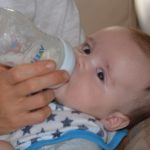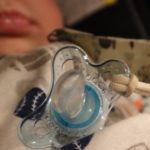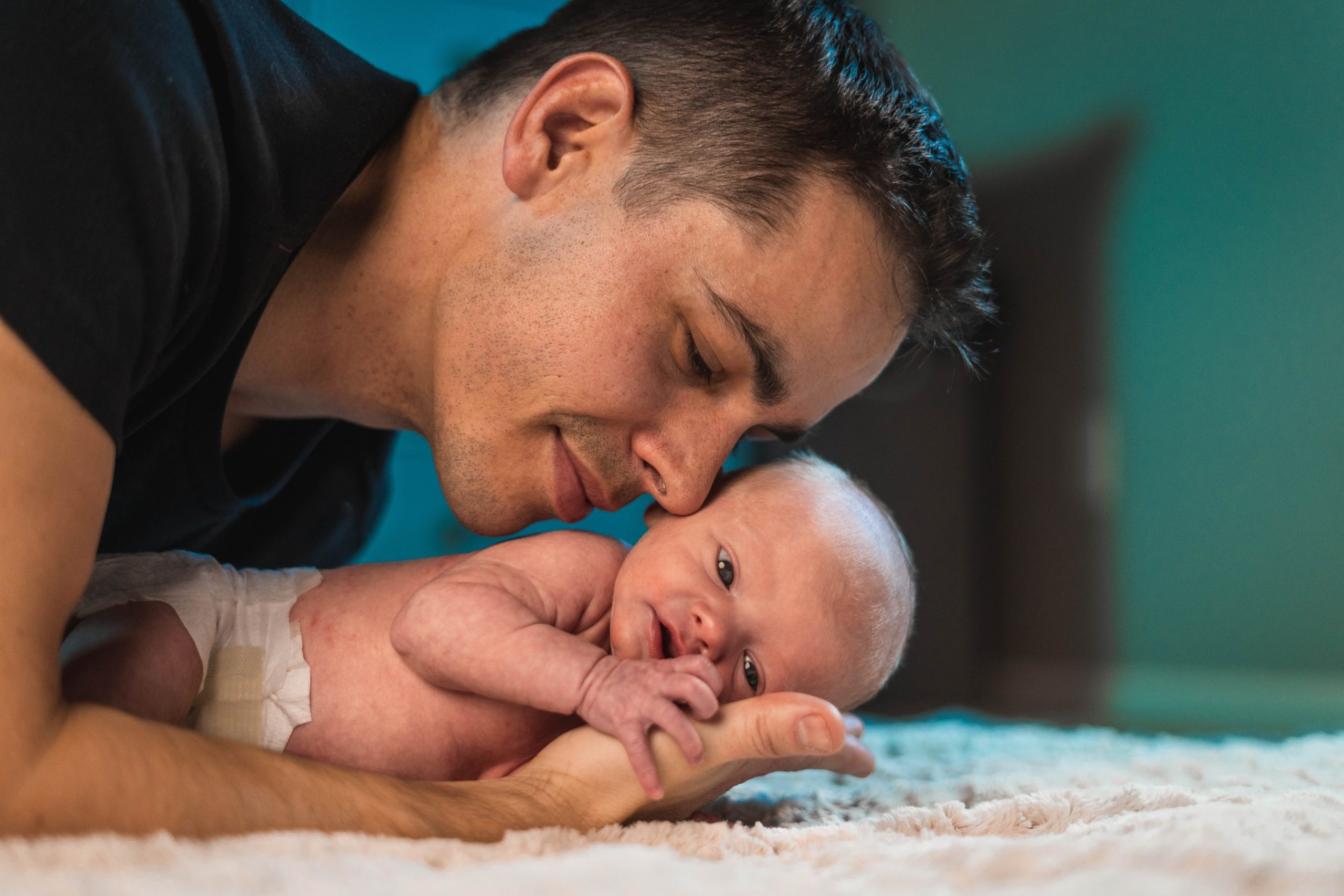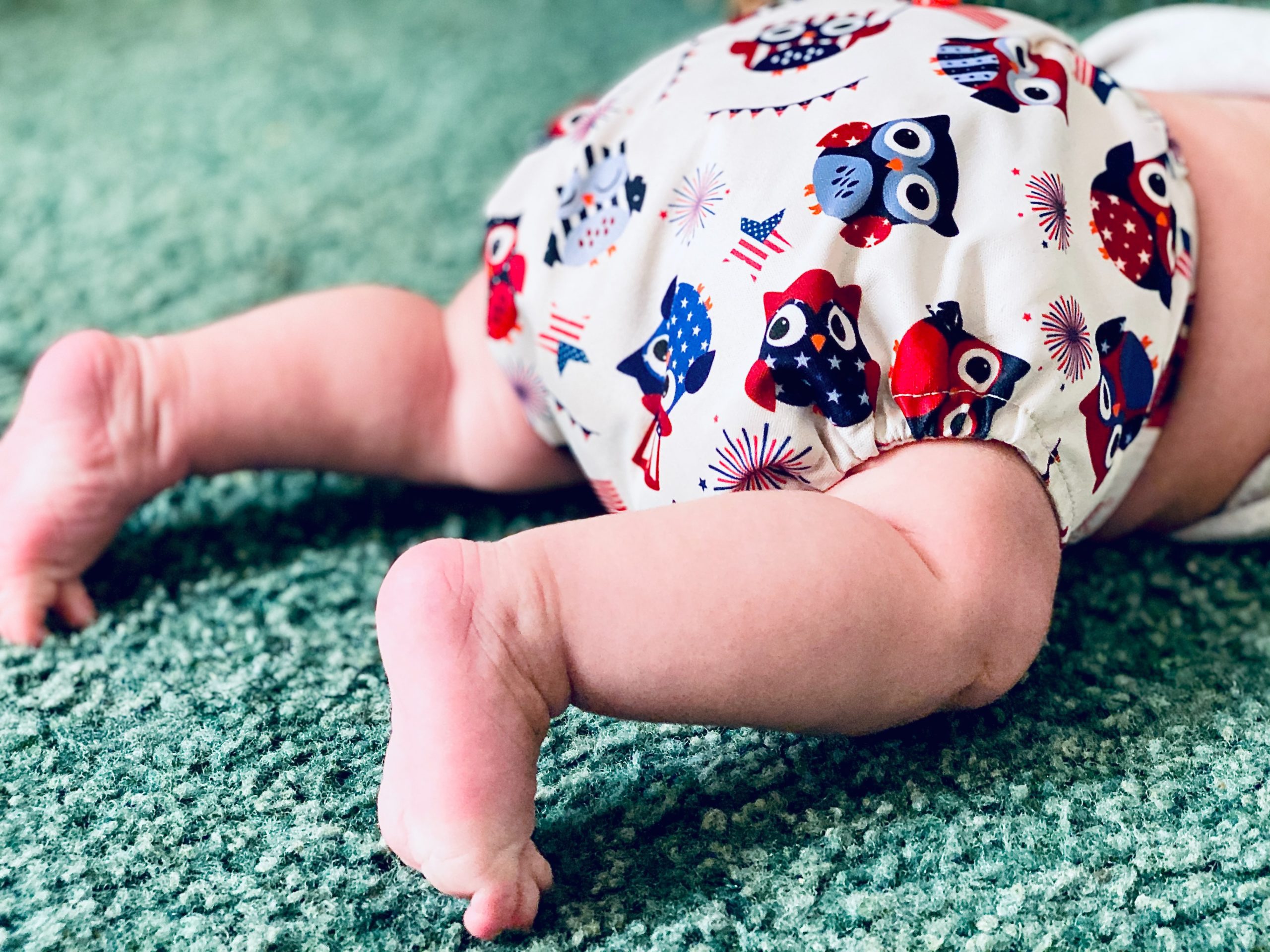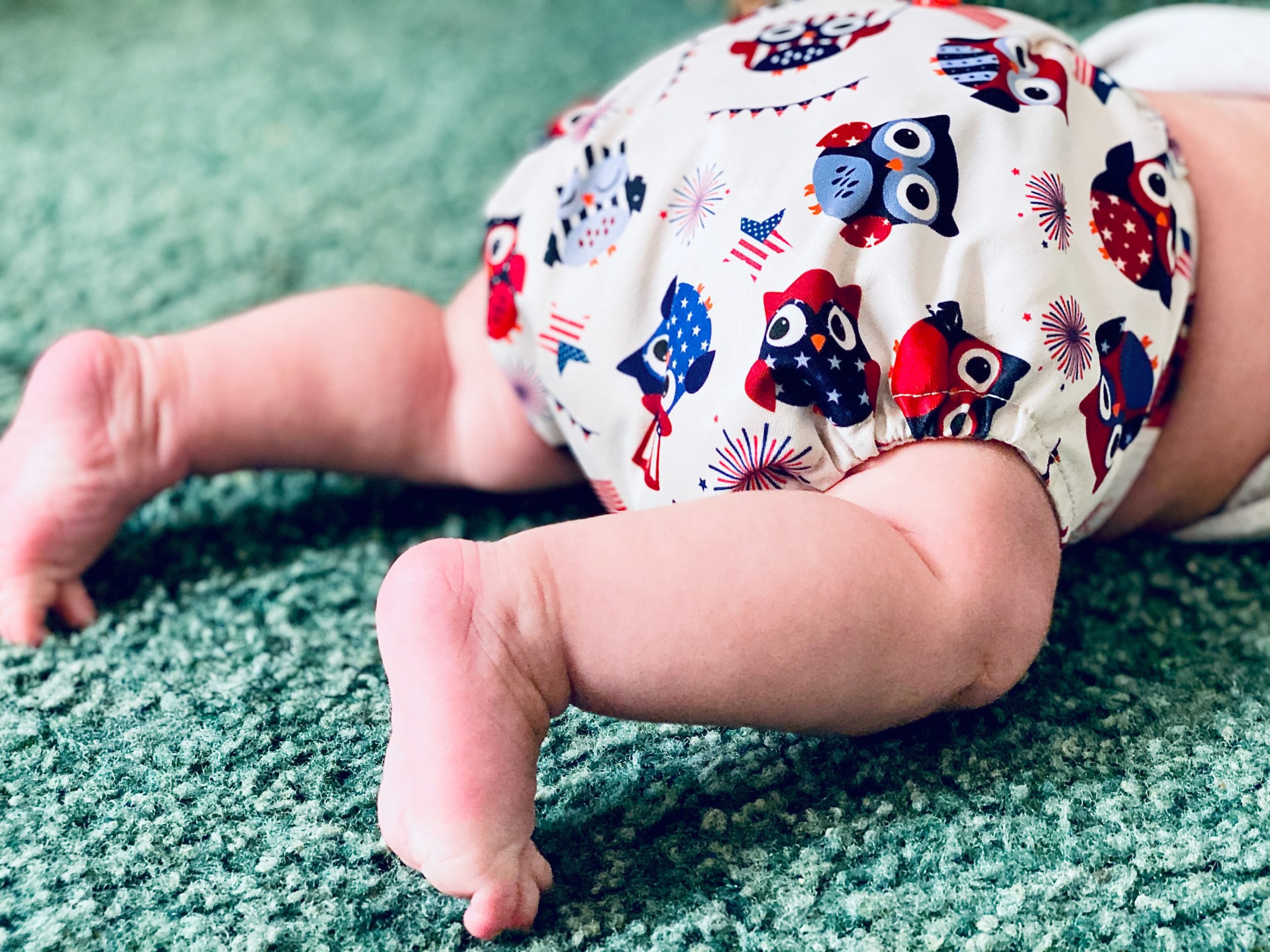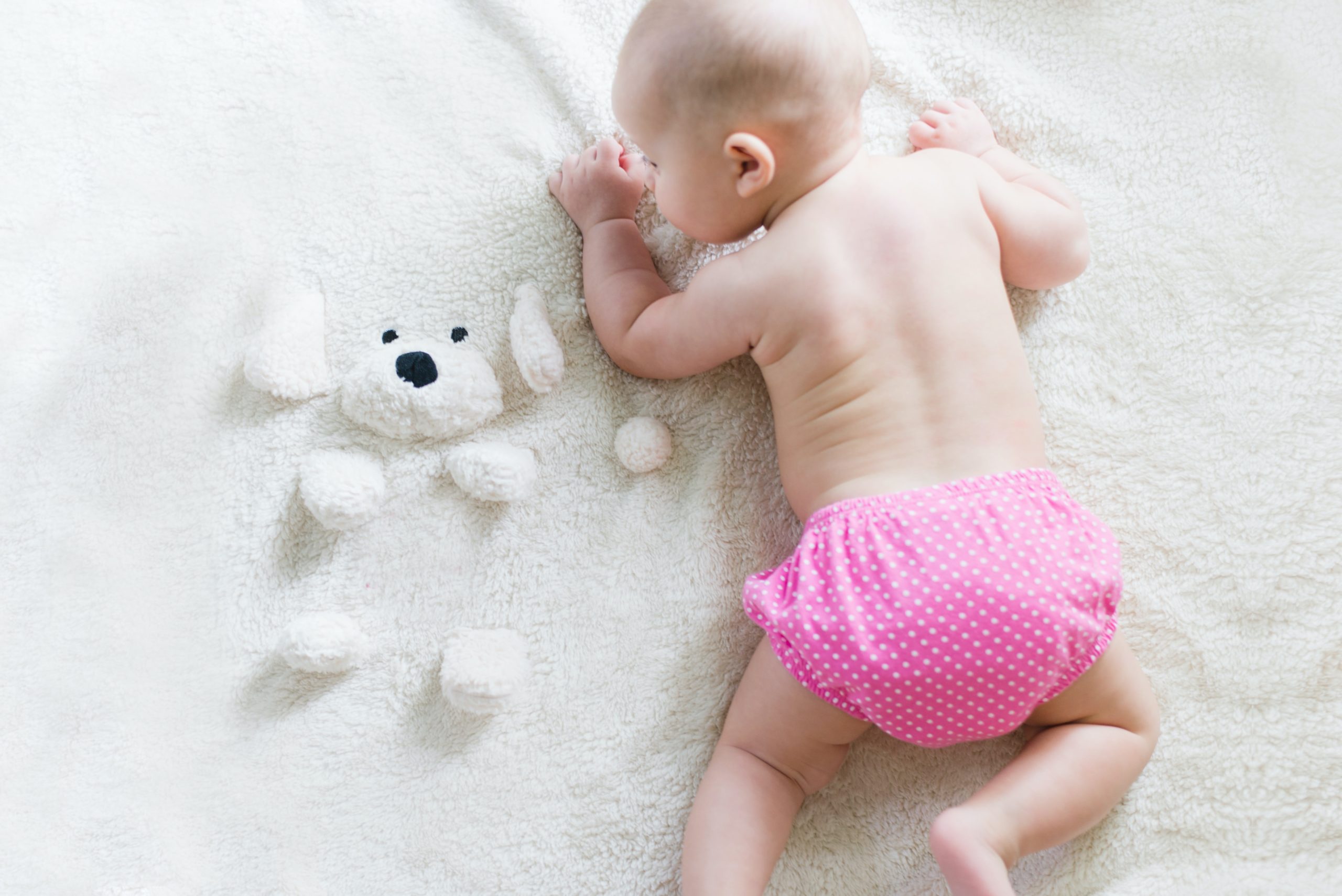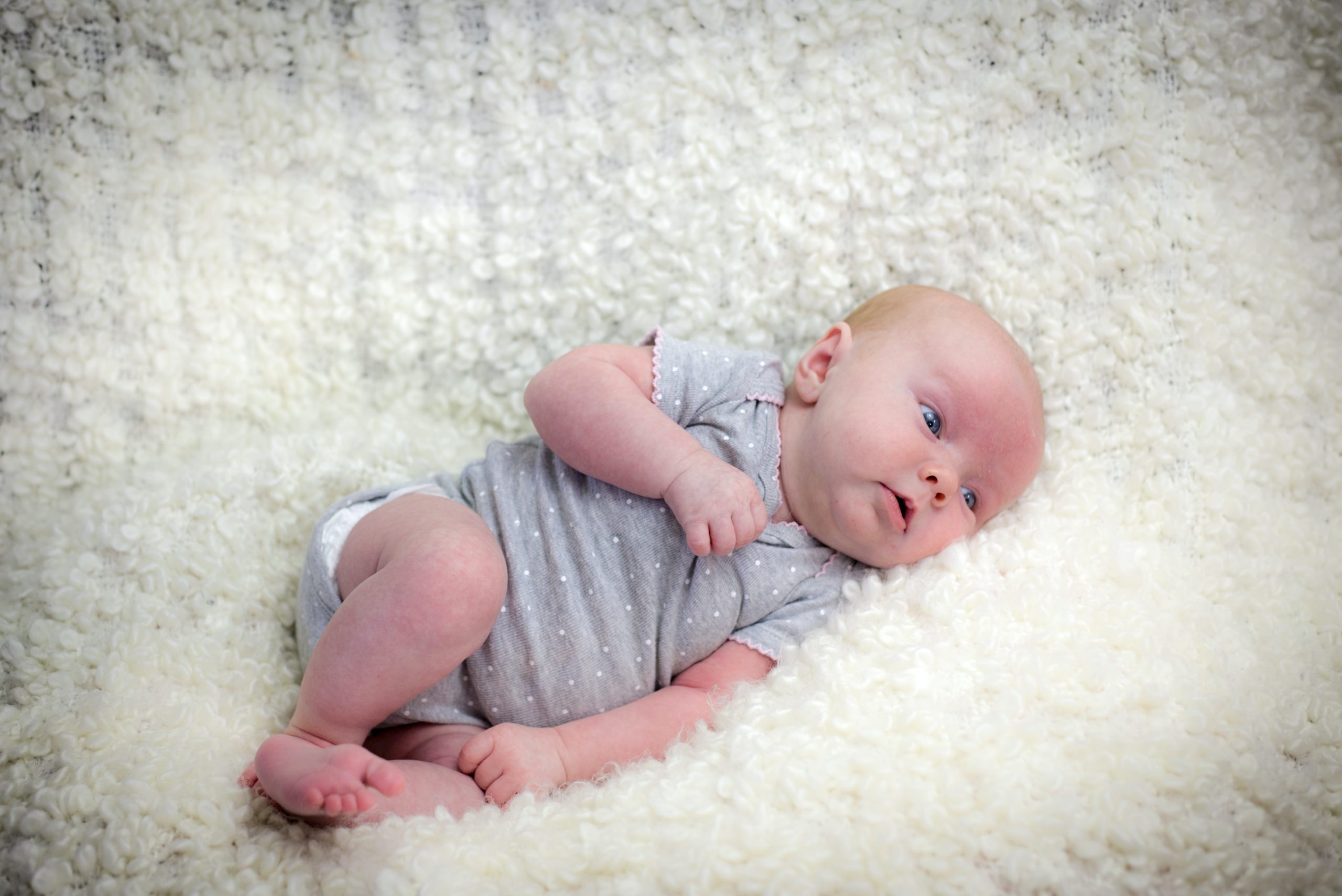What do you do with a baby who continues wetting through their diapers? Yell and scream in anger? Well, yes, but after that calm down and get to action!
Try one of these best diapers for blowouts if you haven’t already. There is nothing more disgusting than scooping up your infant and realizing that your fingers are now smeared in horrible baby excrement. Your baby had a diaper blowout, and there are feces all over the place.
One blowout may not seem like a huge concern, but if your kid is experiencing frequent blowouts, it may be time to switch diaper brands.
Table of Contents
- Blowout-Causing Factors In Diapers
- Ways To Decrease The Regularity Of Diaper Leaks
- Think About What You’re Feeding Your Baby
- Be Aware Of Your Diet If You Are Breastfeeding
- Watch That Your Baby Has The Correct Size Diaper On
- Size Up If At The End Of The Size Recommendation
- Try A Diaper Aid Pad
- A Baby Blowout Blocker May Help
- Find A Diaper Of A Different Brand
- Ensure That The Ruffles On Your Legs Are Tucked Away
- 7 Best Diapers For Blowouts
- Bottom Line (Pun Intended)
If you’re at a loss as to where to begin, we suggest we examine the fit of your baby’s diaper and search for any mistakes in the way the diaper is being put on. If that doesn’t help, we’ll tell you which diapers prevent blowouts and you may try a different brand.
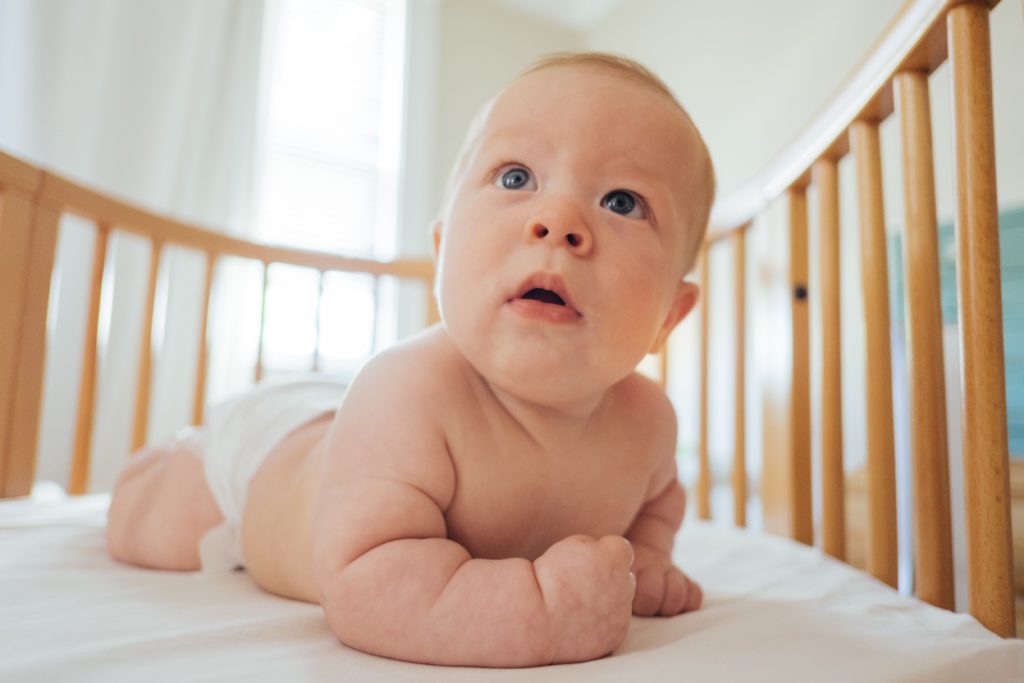
Blowout-Causing Factors In Diapers
Be Sure The Diaper Fits
On every box of diapers, you’ll find a size chart that specifies what age range and weight range is best for using that particular diaper size. If your infant falls within the safe range, you won’t have to worry. The baby may need to go up a size if he or she is on the heavier side of the average.
Make sure the diaper has enough room to go around your baby’s legs and stomach without being too tight. When a diaper doesn’t fit properly, it’s time to move up to the next size.
If the diaper does not fit, you must acquit! Wait, wrong topic, wrong decade…
Sharon Dunn – 2022
See If The Cuff Fits
We suppose that sometimes as mothers we get sidetracked when changing our children. Diaper waistbands have gone unbuckled before, too. To prevent leaks, it is important to make sure the diaper’s leg cuffs are secure. You’ll need to untuck the diaper’s leg cuff.
It’s probably something minor, but it could be what’s causing your kid to wet through their diaper. Check to see that the ruffled section of the diaper is visible on the outside and not tucked inside. Diaper leg cuffs should be fastened as shown in the first image.
Confirm The Size At The Waist
Keep your baby’s diaper securely tied at the waist. While the diaper must fit without being too tight to cause discomfort, wearing the diaper too loosely will cause it to leak and possibly even come off.
Good Read: Boppy Lounger Vs Dock A Tot: What’s The Difference?
Ways To Decrease The Regularity Of Diaper Leaks
Think About What You’re Feeding Your Baby
You may want to change your infant’s diet if you suspect certain foods are causing digestive distress. You could also want to take a break from feeding them a certain food if you just introduced it. If you’ve recently introduced solid foods to your infant, you might also see a change in his or her bowel movements.
Be Aware Of Your Diet If You Are Breastfeeding
What you eat as a breastfeeding mother can have a direct impact on your infant’s digestive health. Foods that make your stomach turn can also cause problems for your baby’s digestive system. Your baby’s diaper blowouts could be caused by your consumption of gas and bloating-inducing meals like broccoli and cauliflower.
Watch That Your Baby Has The Correct Size Diaper On
When a baby’s diaper blows, it’s often because the diaper is too small. You may find that the diaper doesn’t fit your kid just right, even if he or she is within the weight range specified on the packaging. Consider upgrading to a larger size of diapers if this occurs.
Size Up If At The End Of The Size Recommendation
Likewise, if your baby is nearing the limit of the weight range for the diaper size she is presently wearing, you can try sizing up to see if it solves the problem of diaper blowouts.
Try A Diaper Aid Pad
A diaper booster pad can help if your child still wets the bed frequently despite using a properly sized diaper. Sposie diaper booster pads can be placed inside a standard diaper for added absorbency.
A Baby Blowout Blocker May Help
If you’re looking for more ways to prevent diaper blowouts for your baby, consider getting a baby blowout blocker. The diaper blowout blocker velcros around the baby’s waist and absorbs any liquid that makes its way up the back, preventing it from soaking through clothing and dripping over the baby’s car seat, bed, etc.
Find A Diaper Of A Different Brand
Trying a new brand of diapers is an easy way to see whether it helps with the blowouts. Diapers may look the same, but not all disposable diapers are created equal. In the same vein, cloth diapers have their advantages and disadvantages. Also, in my opinion, a more expensive diaper is not necessarily a better diaper. Even the cheapest diapers can often be used to prevent blowouts.
Ensure That The Ruffles On Your Legs Are Tucked Away
If your baby’s diaper is leaking around the leg cuff, a quick fix is to check to see if the cuff is fanned outwards. If the leg ruffle is tucked inside the diaper, then the diaper will leak easily because of the elastic band.
7 Best Diapers For Blowouts
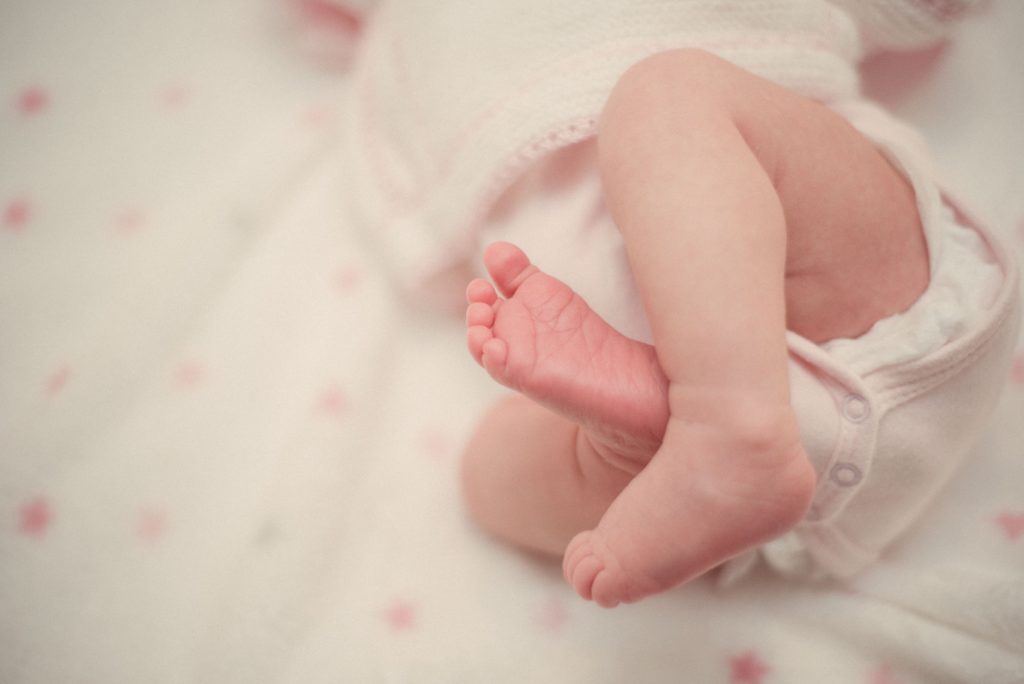
1. Huggies Little Snugglers Baby Diapers
Huggies diapers are designed for infants weighing between 12 and 18 pounds. The pockets waistband helps to contain the mess, and the GentleAbsorb liner offers a protective layer that is soft and breathable. Leaks can be contained for up to 12 hours, according to the diaper’s leak-lock technology, and you’ll know when your baby needs a change because of the diaper’s color-changing wetness indicator. When your baby is ready to start crawling or walking, the double-grip strips will ensure that the diaper stays in place.
2. Honest Company Clean Conscious Diapers
These diapers are designed with a cutout that will allow the baby’s healed belly button to continue to heal without interference. The moisture can be quickly drained away from their quilted bubble liner. It lacks chlorine because it is derived from plants. The diaper’s wetness indication might help you know when to change your kid. Here’s a video summary of the product’s features if you’re interested.
3. Select Kids Sposie Absorbent Booster Pads
The absorbent materials used in Sposie ultra-soft booster pads have been vetted by pediatricians and dermatologists, so you know your child can feel comfortable using them. They don’t contain any smells, latex, chlorine, or phthalates, and they won’t irritate sensitive skin. The diapers are effective in preventing diaper rash, balancing the pH level, and relieving the discomfort associated with dampness.
4. Pampers Pure Protection Diapers
Pampers diapers are made with natural fibers like cotton and shea butter to keep the baby’s skin soft and supple. To determine when your baby needs a change, just look at the wetness indication. These diapers are hypoallergenic and feature lovely patterns without the use of dangerous components. Please watch this YouTuber’s video discussing the benefits and drawbacks of the product if you still have doubts.
5. Babyganics Baby Diapers
NeoNourish seed oil combination, which includes tomatoes, cranberries, black cumin, sunflower, and raspberries, is used in the production of Babyganics diapers. They’re soft and stretchy on the sides, so they fit like a diaper but are more comfortable. They are created from leak-control mechanisms and absorbent materials to keep accidents to a minimum, and they contain wetness indicators to let you know when your baby needs a change. No potentially dangerous substances were used in the production of these diapers.
6. BabyBackups Diaper Extender Pads
Back blowouts can be avoided with the use of these extension pads, which means less laundry and less cleaning. These pads are disposable and can be used with any disposable diaper. You can keep the mess inside the diaper thanks to the hypoallergenic, ultra-soft pads that come in a bundle of 25. These long-lasting containers are great for containing messes at home or on the go.
7. Baby Blowout Blocker Diaper Extension
Pads like the Baby Blowout Blocker can be used as an addition to either disposable or washable diapers to prevent blowouts. They are worn below the waistline and around the hips, behind the baby’s back, and wrapped around the waistband of the baby’s current diaper. If there is a leak, these extenders will catch it. They include a waterproof exterior and an absorbent soaker layer made of 100% polyester mesh. The stretchy, pliable, and soft fabrics will help the diapers to suit your baby well.
Bottom Line (Pun Intended)
The reality is that almost every baby has a diaper blowout now and then. You should always put your kid in a diaper that fits properly and is pleasant for him or her. Make sure the diaper’s tabs in the front and on the leg cuffs are properly fastened. From then on, you’ll just have to observe your baby’s response to the new diapering system.

